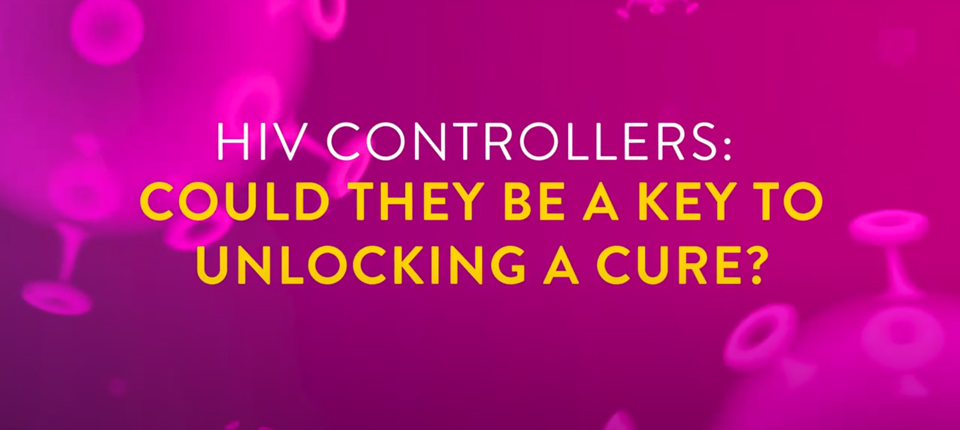The Search for a Phenomenon
Today, roughly 38 million people are known to be living with HIV. Though HIV is a chronic, lifelong condition, medical and technological advancements have allowed those living with HIV to maintain a healthy life while receiving treatments and therapies.
As the first to develop an approved FDA test for HIV more than 30 years ago, we understand the importance of HIV research. And with the origins of the HIV epidemic traced to sub-Saharan Africa, specifically the Democratic Republic of Congo (DRC), this region is of specific interest to the scientific community.
In urging the people of the DRC to get tested for HIV and know their status, the team noticed something significant: While antibody positive cases were being picked up on our ARCHITECT® system, viral loads for those same people were not detected in PCR (polymerase chain reaction) tests on our m2000™ RealTime system.
This means an individual was infected at some point (presence of HIV antibodies), but had no evidence of an active infection (lack of a viral load). Considering that HIV is a condition that typically progresses over time, finding a large group of HIV elite controllers in the DRC is significant. Further studies are needed to understand the relationship between natural HIV suppression and a potential cure for the disease and this current study serves as a springboard.
"Global surveillance work is critical to staying ahead of emerging infectious diseases and in this instance we realized we found another piece of the HIV puzzle," said Michael Berg, Ph.D., an associate research fellow in infectious disease research at Abbott, and lead author of the study. "The global research community has more work to do, but we're a step closer to finding links between natural virus suppression and future treatments."
A Quarter Century of Virus Hunting
More than 60 percent of the world's blood supply is screened through our instruments. As a leader in blood screening and infectious disease testing, we created our Global Viral Surveillance Program more than 25 years ago to monitor HIV and hepatitis viruses and identify mutations, which helps ensure the company’s diagnostic tests remain up to date. The program continues to be a pathway fueled by collaboration, enabling researchers to proactively evaluate and solve infectious disease challenges.






FOLLOW ABBOTT